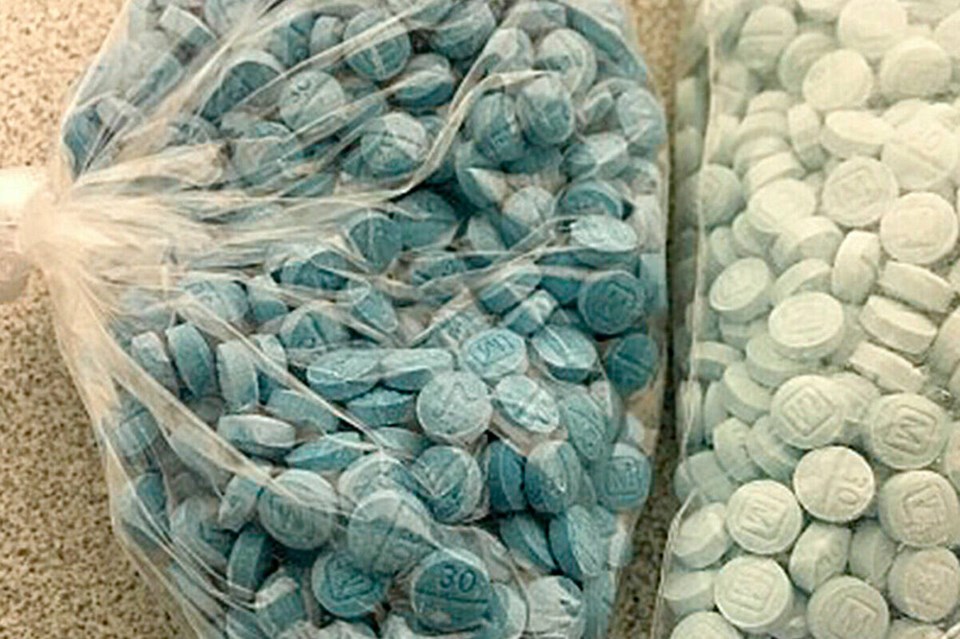Prince George has one of the highest rates of deaths due to toxic drug use in BC.
A new BC Coroners Service report stated more than 2,000 people died from toxic drugs last year, and that per Local Health Area, the highest rates of death per 100,000 were in the following cities and towns:
- 422 in Vancouver-Centre North
- 116 in Lillooet
- 109 in Greater Campbell River
- 109 in Terrace
- 103 in Prince George
These stats are not surprising to Dr. Rakel Kling, medical officer of health.
“Prince George is our biggest community in the North and where a large number of people who use substances gather," Kling said. "So it's unfortunately not surprising that that's where most people who overdose are from.”
Overall 70 per cent of the deaths reported were individuals between the ages of 30 and 49. The rate of death among females in 2024 is 20 per 100,000. This is an increase of 65 per cent from 2020.
Fentanyl continues to be a main driver in these deaths. Preliminary reports from the BC Coroners Service stated that the drug was detected in 78 per cent of drugs in expedited toxicological testing in 2024.
Kling told The Citizen that environmental factors like weather or living conditions can make overdosing more common.
“It's time to take extra care, especially with the cold weather,” said Kling. “There's less opportunities to use in public places just because it's so cold outside. People are using alone at home or alone in other places. That is making overdoses much more likely. So now is a good time to ensure that people who are using substances make sure to use with others at our overdose prevention sites.”
In addition to not using alone or seeking out safe sites, Kling urges drug users to always carry naloxone, to avoid mixing drugs or using them with alcohol and use apps like Be Safe .
BC Health Minister Josie Osborne released a statement regarding the toxic drug crisis and the effecs it had on people across BC in 2024.
“Today, we acknowledge the 2,253 people in British Columbia who lost their lives to poisoned drugs in 2024," stated Osbourne. “Behind every number is a child, parent, sibling, friend, or neighbour, and their loss is felt deeply by those who knew and loved them. The toxic drug crisis also continues to take a heavy toll on the people working on the front lines who care for and support many of the people we've lost. We must continue to work together to prevent further heartbreak and save lives. This public health emergency touches every corner of our province.”
The report noted a 13 per cent decrease from the number of deaths in 2023, down from 47 per 100,000 in 2023 to 40 per 100,000 people in 2024. This is a four-year low for the province.
"The information collected by our coroners during their investigations into unregulated drug toxicity deaths indicates a decline in fatalities over the last several months of 2024. This is consistent with reporting from other jurisdictions in Canada and internationally," said Dr. Jatinder Baidwan, chief coroner. "This doesn't mitigate the fact that 2,253 members of our communities died in 2024, leaving behind grieving loved ones, friends, colleagues, and teammates. Our thoughts are with all of those many, many people who have been touched by this crisis."
Since the public health emergency was first declared in April 2016, the lives of 16,047 people in B.C. have been lost to drug toxicity.



